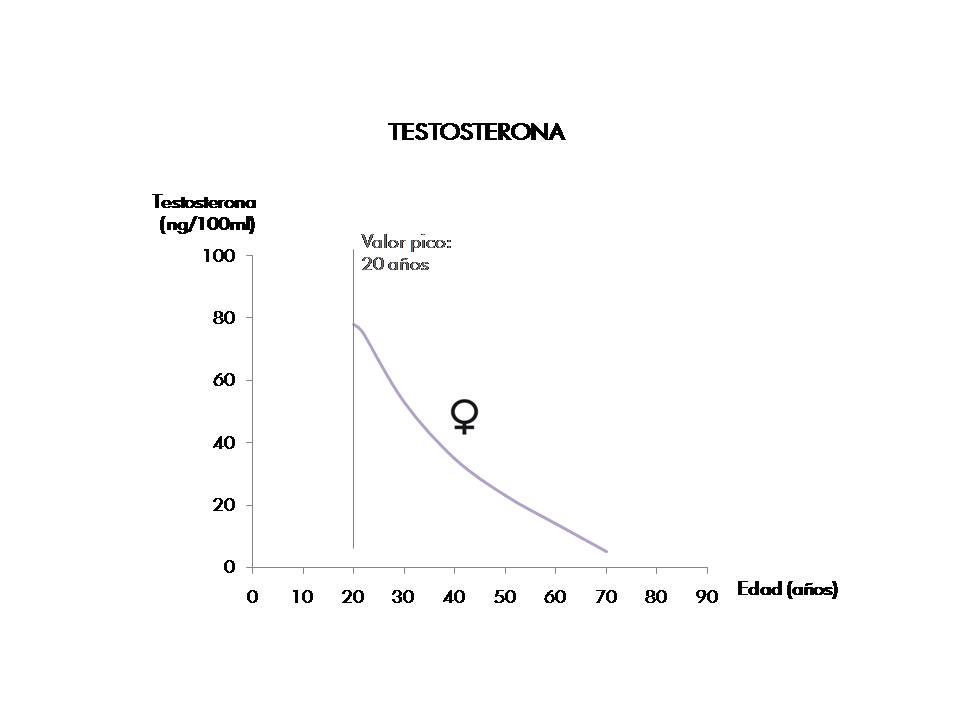Bioidentical hormone replacement therapy using testosterone has been shown to improve premenopausal and postmenopausal symptoms in women.
According to the study, the implant of subcutaneous testosterone pellets which contain a personalized dose can significantly improve all the symptoms related to androgen deficiency, such as insomnia, depression, anxiety, fatigue, headaches, hot flushes, decreased libido, joint and bone pain, memory loss and vaginal dryness.
Neolife medical management
Bioidentical hormone replacement therapy using testosterone in women, the great unknown
There are hundreds of scientific articles that further support the effectiveness of Bioidentical Hormone Replacement Therapy (BHRT) as a means to help prevent diseases and maintain a high quality of life as we age. That being said, the use of BHRT is still not widespread amongst the population and health professionals, for a number of different reasons, not all of which are strictly scientific. However, there is a growing demand for hormone replacement therapy using bioidentical hormones and an ever increasing number of doctors who are interested and trained in their proper prescription. In general terms, bioidentical hormone replacement therapy in women focuses on the use of estradiol and progesterone (female hormones), and testosterone is used in male cases. However, testosterone is also a very important hormone in women with numerous beneficial effects.
Dr. Rebecca Glaser is a surgeon who specializes in breast cancer yet at the same time she is one of those doctors who remain passionate about the need to prevent disease, improve the quality of life of their patients and avoid surgery to the greatest extent possible. To further this goal, she has developed research, together with Dr. Constantine Dimitrakakis, which focuses on treatment with subcutaneous pellets (granules) of bioidentical testosterone in healthy premenopausal and postmenopausal women and women with breast cancer.
Testosterone levels in women decrease from about the age of 25, so by the time a woman has reached the age of 40 the plasma levels are approximately half of those that she once had in her 20s. Such decrease in hormone levels can be attributed to numerous symptoms and signs of the ageing process such as decreased vitality, mood disorders (irritability, sadness, anxiety etc.), permanent tiredness, decreased libido, hot flushes, decalcification of bones, loss of muscle mass and strength, increase in fat weight, memory loss and disturbances to the sleep-wake cycle. Notwithstanding the above it is arguably true that many of these symptoms also occur years before the menopause and may be due to decreased levels of testosterone in the body (and not the decline in estradiol which is often associated with the menopause).

Testosterone treatment in women has been shown to significantly improve menopausal symptoms, including: hot flashes, sleep disturbances, depression, fatigue etc.
The subcutaneous testosterone implant produces general improvements, both psychological, physical and urogenital in premenopausal and postmenopausal women. The study published by Dr. Glaser in the Maturitas journal (1) analyzed the effect of testosterone on the following aspects:
- Hot flushes and sweats.
- Cardiac discomfort, such as palpitations, strong heartbeat, tightness in the chest.
- Disturbances to the sleep-wake cycle.
- Sad or depressed state, changes in mood.
- Irritability.
- Anxiety.
- Physical and mental fatigue (loss of memory and inability to concentrate).
- Sexual problems, decreased libido, performance and sexual satisfaction.
- Bladder problems, such as incontinence or increased frequency of urination.
- Vaginal dryness and dyspareunia (pain).
- Joint and muscle discomfort.
All of these questions can be found in the scientifically validated questionnaire, the MRS (Menopause Rating Scale) and the participant responses were quantified from 0 to 4 in accordance with the following criteria:
- nothing
- mild
- moderate
- severe
- very severe
This questionnaire was provided to 300 premenopausal women (one third of the total group) and postmenopausal women before and 12 weeks after the implantation of a subcutaneous testosterone pellet which includes a personalized dose for each woman. All of the participants had some form of prior symptom often related to anandrogen deficiency (or testosterone) such as insomnia, depression, anxiety, fatigue, headaches, hot flushes, decreased libido, joint and bone pain, memory loss and vaginal dryness. Premenopausal women were shown to present to the doctor with more problems focusing on the psychological aspect (questions 4, 5, 6 and 7) whereas postmenopausal women intend to discuss their physical symptoms (questions 1, 8, 9 and 10).
At 12 weeks all values provided in relation to the 11 questions had shown signs of very significant changes in both premenopausal and postmenopausal women. For example, the average value provided in response to the third question (alterations to the wake-sleep cycle) reduced from a mean of 2.43 (between moderate and severe); treatment fell to 0.69 (between nothing and mild) but at the 12 week post-implant monitoring; question 7 (physical and mental fatigue) went from 2.58 (moderate-severe) to 0.89 (nothing-mild), and so on with all the others. We recommend that you record the mean of the sum of the 11 responses prior to treatment of all the women who contributed a value of 21 – what happened to being a 6.8 at the 12 week check up,
An extremely important aspect of this study is that the symptom(s) should be treated and not solely the plasma value in testosterone. The value of plasma testosterone does not correlate with the incidence and severity of the other symptoms.
This study includes a larger number of patients and a follow-up time which is due to provide results in the future as time passes. At the time this study was published no adverse effects had been documented across any of the 1,200 women treated with more than 7,000 testosterone pellets over the 5 year period.
Neolife, specializes in Anti-ageing Medicine, and is a pioneering clinic in Spain renowned for the implantation of testosterone pellets in women for the treatment of symptoms related to androgen deficiencies and our attempts to improve the quality of life of our patients.
BIBLIOGRAPHY
(1) Glasser, R., York, AE, Dimitrakakis, C. “Beneficial effects of testosterone therapy in women measured by the validated Menopause Rating Scale (MRS)”. Maturitas, 2011 Apr; 68 (4): 355-61

